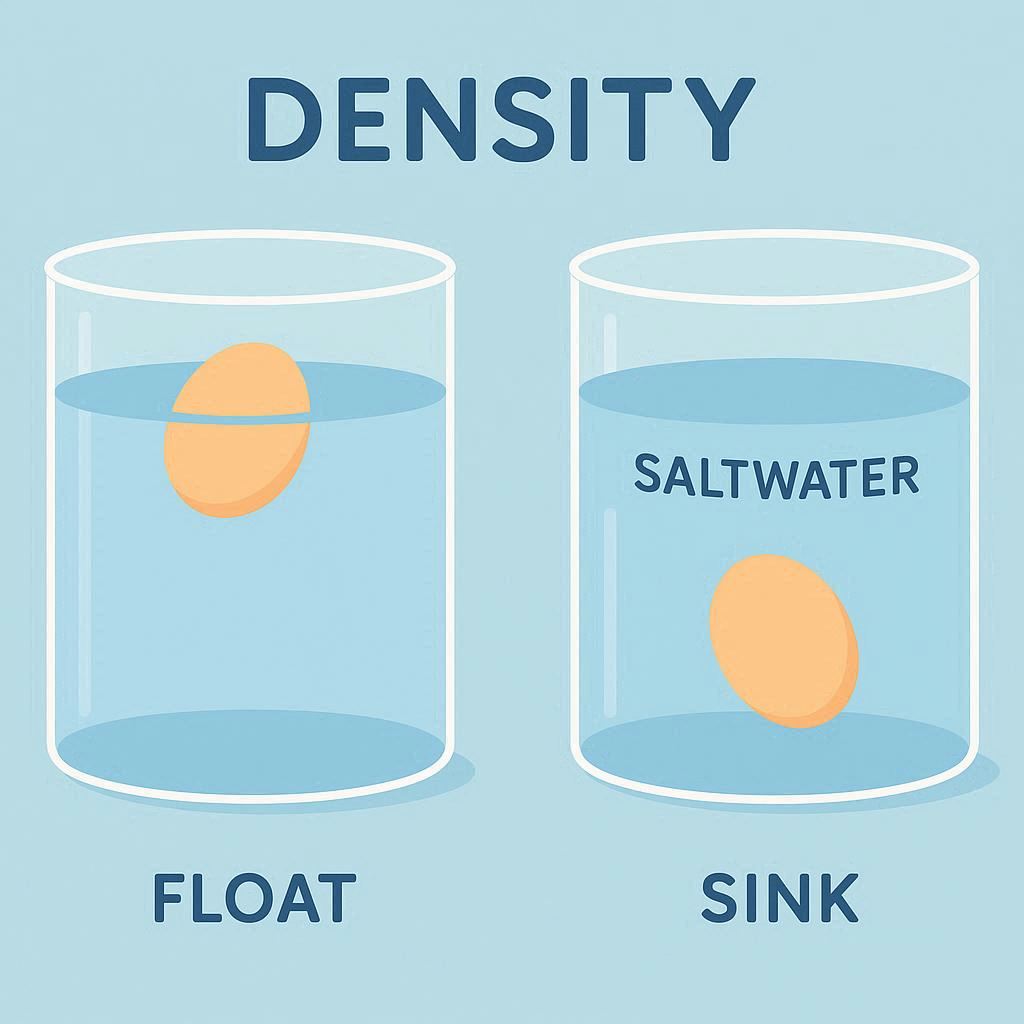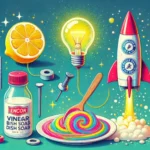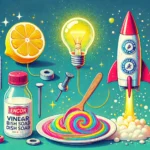Have you ever wondered how to create a mesmerizing tower of liquids that don’t mix, even when stacked on top of each other? A sugar density tower is a fascinating science experiment that allows you to stack different layers of liquid, each with varying densities, creating a visually stunning effect. This project is perfect for both kids and adults, and it’s a great way to learn about the concept of density in a fun and interactive way.
In this blog post, we’ll guide you through the process of creating your very own sugar density tower. We’ll also explain the science behind it, so you’ll understand why this phenomenon happens and how to replicate it at home.
What is a Sugar Density Tower?
A sugar density tower is a colorful and engaging science experiment where different liquids are layered on top of each other without mixing. Each liquid has a different density, which allows them to stay separate and form distinct layers. The key to creating this tower is selecting liquids with varying sugar content, as sugar significantly affects the density of a liquid.
Materials Needed
To create a sugar density tower, you’ll need the following materials:
- A tall, clear glass or container (a 100 ml or 1-liter cup works well)
- Various sweetened beverages or liquids with different sugar content (e.g., apple juice, orange juice, soda, grenadine syrup, honey, and water)
- Food coloring (to make the layers more colorful)
- Table sugar or other sweeteners
- A spoon or stirrer
- Optional: Dish soap and vegetable oil for added effects
Step-by-Step Guide to Building Your Sugar Density Tower
Step 1: Prepare Your Liquids
The first step is to prepare your liquids. You’ll need to create a range of liquids with increasing sugar content. The more sugar a liquid contains, the denser it will be, and the lower it will settle in the tower.
Here’s a suggested list of liquids, starting from the least dense to the most dense:
- Water
- Vegetable oil
- Apple juice
- Orange juice
- Ginger ale or soda
- Grenadine syrup
- Honey
You can also add a few drops of food coloring to each liquid to make the layers more visually distinct.
Step 2: Layer the Liquids
Now it’s time to layer the liquids in your glass or container. Start with the least dense liquid (water) and work your way up to the most dense liquid (honey). Use a spoon to gently pour each liquid into the glass, trying not to mix the layers.
Here’s how to layer them:
- Water: Start with water. Add a few drops of blue food coloring to make it stand out.
- Vegetable Oil: Next, carefully pour vegetable oil over the back of the spoon into the glass. The oil will float on top of the water because it’s less dense.
- Apple Juice: Add a layer of apple juice, which is slightly denser than water. Add a few drops of green food coloring.
- Orange Juice: Pour orange juice over the back of the spoon. It’s denser than apple juice, so it will settle below the apple juice layer.
- Ginger Ale or Soda: Add a layer of ginger ale or soda. It’s denser than orange juice but less dense than grenadine syrup.
- Grenadine Syrup: Pour grenadine syrup carefully into the glass. It’s much denser than the previous liquids and will settle at the bottom.
- Honey: Finally, drizzle a little honey over the back of the spoon. It’s the densest liquid and will sink to the bottom.
Step 3: Observe the Layers
Once all the liquids are layered, observe how they stay separate without mixing. Each layer maintains its position because of its density, creating a beautiful, multicolored tower effect.
Optional: Add a Few More Effects
If you want to make your sugar density tower even more interesting, you can add a few more elements:
- Dish Soap: Add a few drops of dish soap to the water layer. Dish soap is denser than water but less dense than vegetable oil, so it will create a new layer between the water and oil.
- Vegetable Oil: You can also add a layer of vegetable oil, which is less dense than water, to the top of the tower.
Customizing Your Sugar Density Tower
One of the best things about this experiment is that you can customize it to your liking. Here are a few ideas for making your sugar density tower unique:
- Use Different Colors: Experiment with different food coloring combinations to create a unique and colorful tower.
- Try Different Liquids: If you don’t have any of the suggested liquids, feel free to experiment with others. The key is to choose liquids with varying densities.
- Add Layers: You can add more layers by finding liquids with densities that fall between the ones you’ve already used.
- Change the Order: Try layering the liquids in a different order to see how the tower changes.
The Science Behind the Sugar Density Tower
The sugar density tower works because of the concept of density. Density is a measure of how much mass is contained in a given volume of a substance. Substances with higher density have more mass packed into the same volume, so they sink, while substances with lower density float.
When you layer liquids with different densities, they stay separate because they don’t mix. The denser liquid sinks to the bottom, while the less dense liquid floats on top. This is why the layers remain distinct in the sugar density tower.
Understanding Density
Density is a fundamental concept in physics and chemistry. It is defined as mass per unit volume, and it helps us understand how substances behave in different situations. In the case of the sugar density tower, density determines the order in which the liquids layer.
Why Does Sugar Affect Density?
Sugar is a solute that dissolves in water, increasing the density of the solution. The more sugar a liquid contains, the denser it becomes. This is why liquids with higher sugar content, like honey and grenadine syrup, sink to the bottom of the tower, while liquids with less sugar, like water, float on top.
Buoyancy and Floating
Buoyancy is another key concept in the sugar density tower. According to Archimedes’ principle, an object will float if its density is less than that of the surrounding fluid. In the case of the sugar density tower, each layer of liquid floats on top of the denser layer below it because it is less dense.
Tips for Creating the Perfect Sugar Density Tower
Here are a few tips to help you create the perfect sugar density tower:
- Use a Tall Glass: A tall glass is essential for creating a clear, visible tower. The taller the glass, the more layers you can see.
- Pour Slowly: To prevent the liquids from mixing, pour each layer slowly and carefully over the back of a spoon.
- Choose the Right Liquids: Make sure to choose liquids with varying densities to create distinct layers.
- Experiment with Colors: Food coloring can make the tower more visually appealing, so don’t be afraid to get creative with colors.
Safety Tips
While creating a sugar density tower is generally safe, there are a few precautions to take:
- Handle Glass with Care: Be careful when handling glassware, especially if you’re working with children.
- Clean Up Spills: If any of the liquids spill, clean them up immediately to avoid a mess.
- Supervise Children: If children are involved, make sure they’re supervised at all times.
Conclusion
A sugar density tower is an engaging and educational science experiment that can be enjoyed by both kids and adults. By understanding the concept of density and using liquids with varying sugar content, you can create a stunning tower that is as much a feast for the eyes as it is a demonstration of scientific principles.
Whether you’re conducting this experiment at home or in a classroom, the sugar density tower is a great way to learn about science in a hands-on and fun way. So, gather your materials, get creative, and start building your own sugar density tower today!



